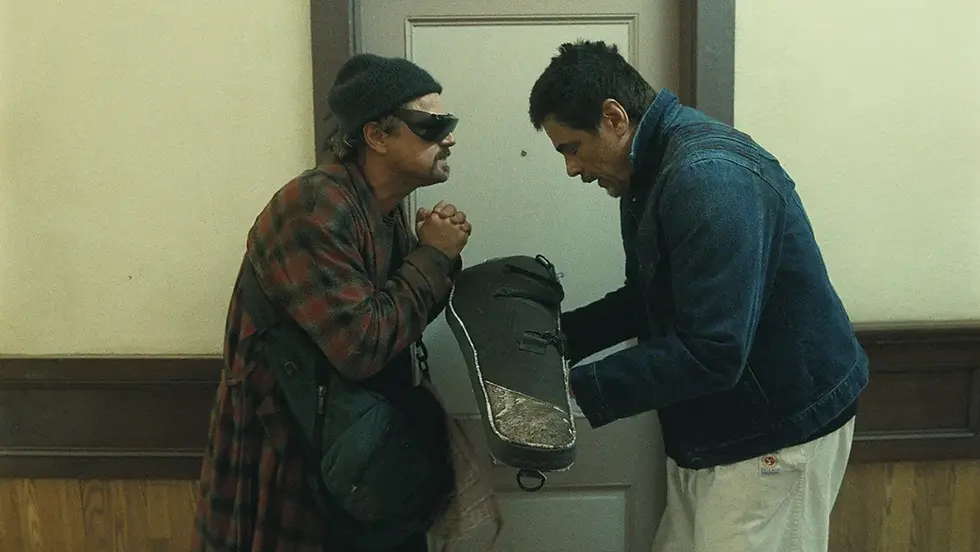The Child of Symbolic Disguise
- Norland Tellez, PhD

- Jan 16, 2022
- 4 min read
Updated: Jun 6

Although Joseph Campbell is often pegged as a partisan of Carl Jung, he begins The Hero With a Thousand Faces with a fundamental piece of psychoanalytic wisdom. Leaning on Freud’s Interpretation of Dreams, Campbell evokes a kind of “hermeneutics of suspicion,” an interpretive attitude that regards appearances as deceptive, hiding and distorting as much as revealing a deeper level of truth.
Campbell begins his famous book by introducing the gap that separates the manifest contents of dream and myth from their underlying latent thoughts. Like the thousand faces of myth, the manifest contents of a dream are to be regarded, not as unvarnished truth, but as the childish disguise that distorts and hides a latent truth beating within. So Campbell explains:
“It is the purpose of the present book to uncover some of the truths disguised for us under the figures of religion and mythology by bringing together a multitude of not-too-difficult examples and letting the ancient meaning become apparent of itself.” (xii)
We should be clear that the ancient meaning undergoes a fundamental transformation in the process of interpretation, becoming a phenomenon of the understanding of the present moment. What becomes “apparent of itself” in contemporary life is its distinctly modern significance, for the only way to recapture the ancient wisdom is to harvest it anew, not being afraid to dig it out of the dark mythic soil of our present historic moment.
Therefore, if we want to embark on our own odyssey of ancient heroes, we must be prepared to discover a distinctly modern experience—as James Joyce does, for example, with Ulysses.
To inhabit the hero’s world in a conscious manner, we must learn to speak the symbolic language of myth and dream anew, in the light of modern reason. That is why “we must learn the grammar of the symbols,” as Campbell writes, “and as a key to this mystery I know of no better modern [my emphasis] tool than psychoanalysis. Without regarding this as the last word on the subject, one can nevertheless permit it to serve as an approach.” (xii-xiii)
And here you have the secret hero of The Hero With a Thousand Faces. What makes it a distinctive modern experience points to the historic breakthrough of psychoanalysis. In other words, the secret heroes of The Hero are Sigmund Freud and Carl Jung. Their interpretive approaches have become indispensable instruments for the understanding of myth in contemporary life.
One of the things I love about Campbell is that rather than getting caught in partisan squabbles, he proceeds with an implicit reconciliation of Freud and Jung in his work. The conflict between psychoanalysis and analytical psychology, which is indeed a real ideological battle, seems to dissipate for Campbell in the transcendence of creative mythology. Working out of this zone of creativity, it is not so much a question of Jungian vs Freudian assumptions concerning the hero. In Campbell’s view, the point is not about a hero’s myth but about the experience of myth being the hero.
Soaring above the fundamentalism that creates Jungians vs Freudians, Campbell integrates both into a kind of twinship of archetypal proportions. He thus follows the lead of a new set of twin heroes, two of the greatest depth psychologists that ever lived, whose unique perspectives share a common goal in aiding the fundamental process of making conscious the unconscious psyche.
As an integrated process of self-understanding, Campbell seems to tell us, the psychoanalytic perspective is the modern hero and champion of the reality of myth. Through psychoanalytic reflection, it has become possible to recapture the fundamental sense of the Real in myth. Without it, myth remains in its mundane status of false illusion, like the “irrational” products of sleep. As the modern instrument of vision to illuminate the dark background of our lives, psychoanalysis re-opens the archetypal portals of myth and religion in the historic consciousness of the here and now.
This is the existential edge of creative mythology, the rub of its modern “materialistic” and “rationalistic” bias. For the modern soul is no longer interested in an idealistic form of “spiritual” transcendence, which is to lead us out of this world into some other place beyond reason. For that would be a form of transcendence reserved for a holier-than-thou select few. Instead, turning against such elitist impulses, the modern soul yearns for a more democratic experience of material transcendence, in principle available to all, through the ecstatic modes of being in the world.
For Being means being with and for one another, not a being in the atomized individuality of a self-centered consciousness. The latter is simply ego caught in self-righteous ideology, seduced into the narcissistic bubble of a false me-consciousness.
Rather than a doctrine of the self or a belief system,, psychoanalysis is the very activity that would keep us free from the trappings of self and belief systems.
So there you have it. Consider yourselves in the know concerning the esoteric core of The Hero With a Thousand Faces.

%20BB.png)


